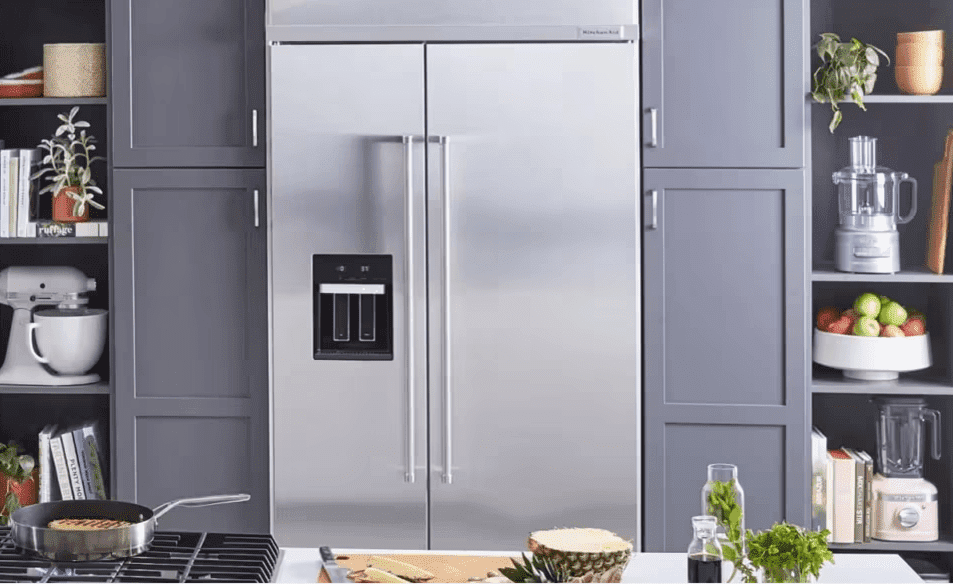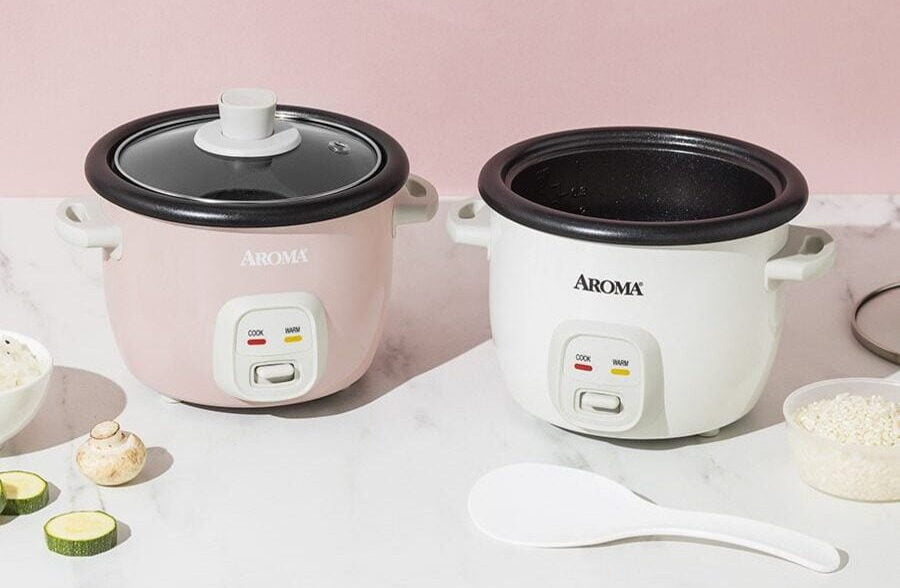A refrigerator is an essential appliance in any kitchen, and when it stops cooling, it can be a cause for concern. If you own a KitchenAid refrigerator and find that it’s not maintaining the right temperature, several factors could be contributing to the issue. In the following blog, we will investigate typical reasons behind the inadequate cooling of your KitchenAid refrigerator and offer troubleshooting tips to assist you in identifying and resolving the issue.

Dirty Condenser Coils
One of the primary reasons your KitchenAid refrigerator may not be cooling effectively is dirty condenser coils. As time progresses, dust and debris can gather on the coils, impeding the refrigerator’s capacity to dissipate heat effectively. This makes the compressor work harder, leading to inadequate cooling.
Solution:
To address this issue, disconnect the refrigerator from the power source and locate the condenser coils, typically positioned at the back or underneath the unit. Employ a vacuum cleaner or a brush to meticulously clean the coils, eliminating any accumulated dirt or debris. Regular maintenance in this area can improve the efficiency of your refrigerator.
Faulty Fans
Refrigerators are equipped with fans that circulate air to ensure an even temperature throughout the unit. If the fans are not functioning correctly, the refrigerator may not cool as it should. Most refrigerators have two primary fans—evaporator and condenser fans.
Solution:
Examine both fans for any potential obstructions or damage. If they are not in operation, consider replacing them. Consult your refrigerator’s manual for guidance on accessing and replacing these fans. Replacing faulty fans can restore proper airflow and improve cooling performance.
Frost Buildup
An abundance of frost accumulation in the freezer can hinder the refrigerator’s cooling capability. When the evaporator coils are cloaked in frost, it diminishes their efficiency, potentially resulting in insufficient cooling in both the freezer and refrigerator compartments.
Solution:
If you observe frost buildup, a malfunctioning defrost system could be the culprit. Inspect the defrost heater, defrost thermostat, and defrost timer for any potential issues. Replace any defective components to guarantee proper defrosting and prevent further accumulation of frost.
Bad Compressor or Control Board
A malfunctioning compressor or control board can significantly impact the cooling performance of your KitchenAid refrigerator. The compressor is tasked with circulating refrigerant through the coils, while the control board manages various functions, including temperature regulation.
Solution:
If you suspect a problem with the compressor or control board, it is advisable to seek the assistance of a professional technician. These components are intricate and may require specialized tools and expertise for accurate diagnosis and repair. A technician can evaluate the issue and advise on the appropriate course of action, whether it involves repair or replacement.
Conclusion
When your KitchenAid refrigerator not cooling, it can be a frustrating experience. Nevertheless, a systematic troubleshooting approach often allows you to identify and resolve the issue. Engaging in routine maintenance tasks, such as cleaning condenser coils and inspecting fans, can significantly contribute to preventing cooling problems. If more intricate issues arise, seeking professional assistance is advisable to ensure the longevity and optimal performance of your refrigerator. Timely addressing of cooling issues not only saves money on potential repairs but also helps preserve the freshness of your stored food items.

